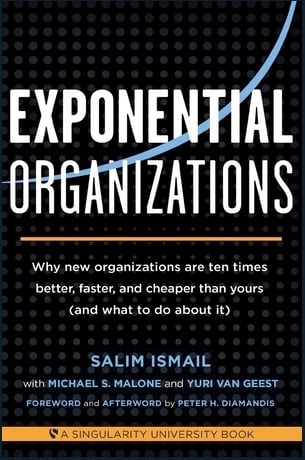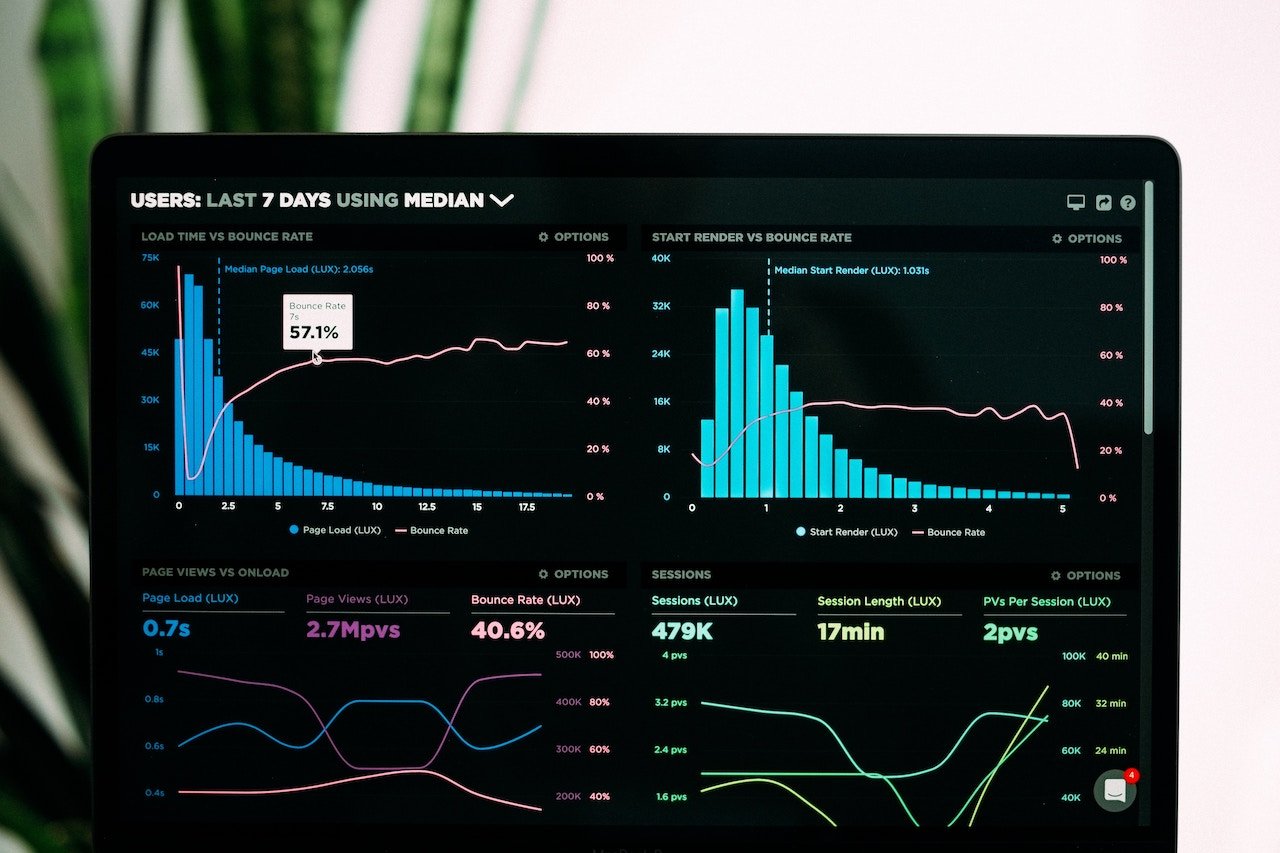If you had to make a list of some of the most powerful brands in history, online retail giant Amazon would undoubtedly be right at the top. According to one recent study, the company saw $2.371 billion in net income in 2016 on the back of $136 billion in net sales — and that’s just in the United States. The company is also growing at a rate of about 27% year-over-year and currently employs more than 341,000 people. All of this is to say that the fact that Amazon has decided to make its long-awaited move into Australia should come as a surprise to absolutely nobody.
When Amazon comes ashore Down Under, it will bring its unique blend of instant retail distribution to a massive new audience, which has interesting implications for the businesses that are already here.
What Amazon Australia Means for You
According to one Nielsen survey conducted last February, 75% of Australians over the age of 18 said that they are at least somewhat interested in Amazon’s move to Australia. Moreover, 56% of them said that they were “likely” to purchase at least one product from the company’s Australian site on a regular basis.
The average Australian consumer will now have easy access to products from around the world, many of which were previously only available by way of prohibitively expensive shipping and sales in USD. With local currency and a higher level of convenience than ever, Amazon is poised to make quite the splash; but when you consider that many of these people make up the audience you’re already trying to serve, this picture looks a lot less rosy.
So how do you beat Amazon when the tech giant launches in Australia? The answer is simple: you start building your marketing strategy today with that goal in mind.
Beating Amazon in Australia: The Home-Field Advantage
Amazon itself has made it a point of pride to learn from the best. Genghis Khan may not seem like a standard role model, but his lessons were clear.
So what can Australian businesses learn from Genghis Khan? Simple: look for things that Amazon is doing that you can do better.
Amazon’s distribution model may have felt like it reinvented the wheel, but it can absolutely be copied — and perfected — by businesses that already have an established presence in this region. Linfox, for example, has long been promising a better system that will act as a direct alternative to Amazon’s in-house fulfilment option. These are the types of opportunities that are already out there, and it is in your own best interest to start taking advantage of them today.
Mother Teresa may not have been a marketing expert, but there are lessons you can learn from her as you adapt your marketing strategy to take on Amazon Australia head-on. If she taught us nothing else, Mother Teresa proved that the specialist will always beat the generalist. The best Amazon Australia can hope for is to be that generalist — they’re far too big to be anything else.
As this specialist, this puts you at something of an advantage.
Yes, Amazon can offer the same products you do to your customers. But can they offer the superior level of support, love, and attention that you can? No, and this just became your most powerful weapon in the upcoming battle.
Instead of trying to go big, go as small as you can. Are there local audiences that have unmet needs? Are those needs ones that you can meet far better than a company as large as Amazon can? The answer is yes. You just have to find them.
But more than that, can you educate your customers to become advocates for your brand? Can you surprise and delight them on a regular basis, regularly going above and beyond not just to engage them but to create an emotional response and instil loyalty in a generation of Australian consumers? You absolutely can, and you absolutely should.
Think of it this way: right now, all Amazon really has is a logo and a reputation. Yes, they’ve got the products — but so do you. Yes, they’ve got the money — but “outspending” them isn’t how you beat Amazon at their own game. Outperforming them is, and that’s something you’ve been doing for years. You just have to do it a little differently from now on.
Editor’s note: While modern business leaders have much to learn from history’s great strategists, these insights should be taken with a grain of salt and applied according to your specific circumstances today.
















